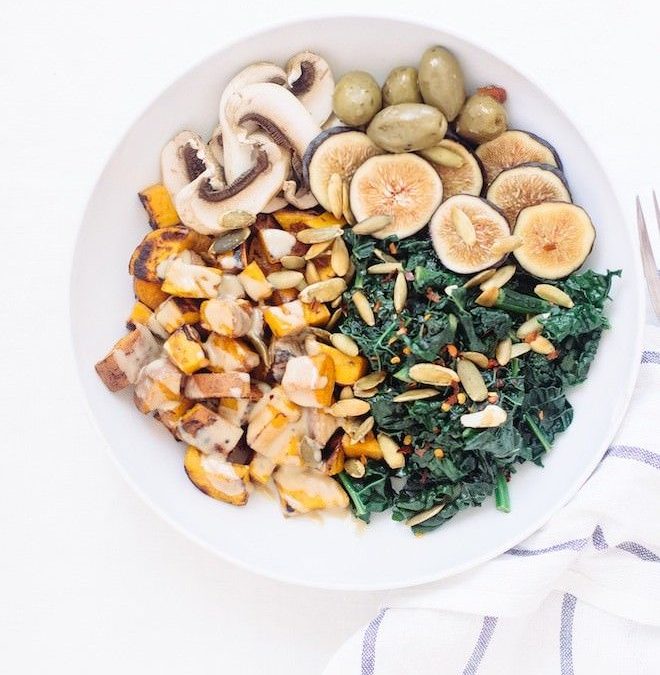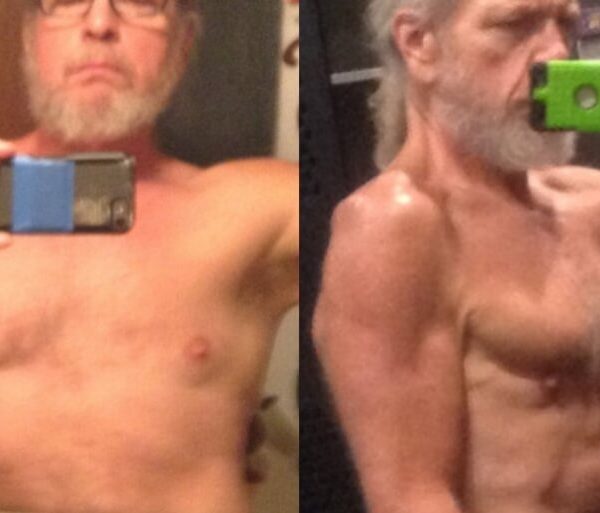How Can I Reset My Body After Eating Poorly?
Have you ever eaten something you thought was bad, then immediately thought to yourself, “how can I reset my body and make up for eating badly?”
This is one of the most common phrases I hear as a Registered Dietitian.
Unfortunately, resetting or doing things to make up for what you ate isn’t recommended, healthy, or going to give you the results you’re hoping for.
But, if you have had this thought or taken actions to “undo” eating foods you thought were bad, it’s completely understandable why you thought that was what you should do.
So much of the messaging around food and nutrition is about being 100 percent perfect all of the time, and if you’re not, you need to do a detox, reset, cleanse, go twice as hard at the gym, or eat less, and the list goes on.
Now, you may be wondering, why is resetting not the best way to handle the situation when this happens, and what should I be doing instead? Keep reading and we’ll dive into it!
Why Resetting Your Body Isn’t Necessary (Plus How It Can Hurt Your Health and Goals Long-term)
The concept of resetting and making up for eating bad foods stems from a concept called food morality, which is labeling foods as either “good” or “bad.”
Generally speaking, nourishing foods are often in the “good” category, while more enjoyable foods are put in the “bad” category.
The problem with the concept of food morality is that it can start to snowball and complicate your relationship with food.
When we assign “good” and “bad” labels to food, food starts to become black and white, right and wrong, and the food we eat (or don’t eat) starts to dictate how we feel.
For example, if we make “good” choices, we may feel prideful and confident. Yet when we make “bad” choices, we may feel shameful and guilty.
This naturally leads us to try to avoid or restrict food items that are in the “bad” category.
But because we are human, we often can’t do that — and for good reason, too! Oftentimes the food items in the “bad” category are really enjoyable and are food items we truly want to have deep down, which is absolutely okay and mindful to do!
These food rules and harsh lines of right and wrong leave us constantly feeling at war with ourselves. We tell ourselves we shouldn’t eat the “bad” foods, but we know we really want them, so eventually, we have them. That finally leads us to want to reset and make up for eating “bad” foods in the first place.
However, these thoughts and behaviors can often become disordered, leading to an unhealthy relationship with food and your body, and ultimately harm your physical, mental, and emotional health.
Aren’t Some Foods Truly Good and Some Truly Bad?
Now is the time where you may be saying to yourself, “Well, Erica, certain foods aren’t good for me and I shouldn’t have them, so what’s wrong with feeling guilty about having them and being “good” in response?”.
This is where we can get into a bit of trouble, and where the imbalanced nature of the all-or-nothing cycle gets started.
The All-or-Nothing Cycle
The Balance Spectrum is a tool we use here at Nutrition Stripped to describe the balanced eating cycle. On one side we have enjoyment, and on the other we have nourishment. Somewhere in the middle, they come together – this is where we find balance. Yet on either polarizing ends of the spectrum, we have the “all-in” and “all-out” ends of the spectrum that we want to avoid.
If you’re not familiar with our Balance Spectrum tool, you can download our free guide that walks you through it in more detail!
When we try to make up for it, we end up doing something we call “pendulum swinging” on the Balance Spectrum. We quickly move from the enjoyment end of the eating spectrum, all the way over to the “all-in” end of nourishment.
The “all-in” end may look like further restriction of “bad” foods, calorie counting, macro counting, strict food rules, and eating schedules. All in an attempt to make up for eating bad foods.
But what do you think happens when we spend too much time on the “all-in” end of the spectrum? You guessed it, we swing right back over to the “all-out” end of the spectrum.
Picture a pendulum here. If we pull too hard in one direction, the pendulum will eventually, inevitably swing harder and faster all the way in the opposite direction.
The “all-out” end may look like binge eating, overindulgence, a lack of control around food with little to no consideration of nourishment.
What we’re describing is the all-or-nothing cycle.
What to Do Instead of Resetting and Making Up for Eating Bad Foods
We now know that deeming foods as “bad” and attempting to make up for eating them creates an imbalanced, negative relationship with food.
So what do we want to do instead?
Remove morality and appreciate both ends of the Balance Spectrum. We want to appreciate food, all food, for exactly what it is.
We want to remember that food is simply food. It’s either nourishment, enjoyment, or a combination of both. There’s truly no such thing as good or bad foods.
Once we’re able to do this, we’re able to make food choices that feel true and right to us. We no longer feel compelled to make up for eating bad foods. We’re able to slide with ease on the Balance Spectrum, rather than rigidly and erratically swing like a pendulum back and forth from one polarizing end to the other.
Eating in this way is exactly what we teach in our Mindful Nutrition Method. We teach you how to use our Balance Spectrum on a daily basis to reflect and take intentional, mindful action that creates the right amount of balance between nourishing yourself and enjoying food.
We walk you through the steps for healing your relationship with food and teach you how to build a new relationship that allows for growth, stability, and support.
You can watch our free workshop to learn how to be more balanced with your food choices so you can be free from food and diet obsession, maintain a balanced weight, and cultivate a positive relationship with food and your body.








